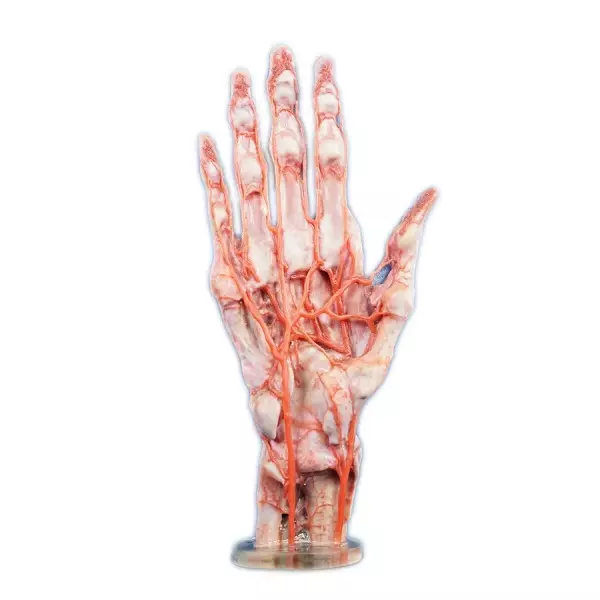
As a cutting-edge technology, the virtual dissection table has revolutionized the field of medical education by providing an innovative and safe alternative to traditional cadaver dissections. With its immersive and interactive features, this advanced tool offers numerous benefits for both students and educators.
Enhanced Learning Experience with the Virtual Dissection Table
The virtual dissection table allows students to explore realistic anatomical structures in a three-dimensional digital environment. By manipulating virtual organs, tissues, and systems, learners can gain a comprehensive understanding of human anatomy without the limitations or potential risks associated with traditional methods. This hands-on approach fosters active engagement and facilitates better retention of knowledge.
In addition to visual exploration, the virtual dissection table also provides haptic feedback that simulates tactile sensations during dissections. Students can feel resistance when making incisions or dissecting tissues virtually, enhancing their sensory experience and further reinforcing their learning process.
DIGIHUMAN: A Breakthrough in Anatomical Visualization
A remarkable feature of the virtual dissection table is its integration with DIGIHUMAN – an advanced software platform that enables high-fidelity rendering of human anatomy. Through DIGIHUMAN‘s detailed 3D models derived from real patient data, medical students can study variations in anatomy among individuals while exploring different pathological conditions.
This powerful combination of the virtual dissection table and DIGIHUMAN empowers future healthcare professionals to develop critical thinking skills as they analyze complex cases based on real-world scenarios. By immersing themselves in these lifelike simulations, students are better prepared for clinical practice where accurate diagnosis is crucial for patient safety.
Anatomical Heart Model: Unveiling Intricate Cardiac Structures
One of the standout features of the virtual dissection table is its ability to showcase an anatomical heart model in unprecedented detail. Students can examine intricate cardiac structures, such as valves, chambers, and blood vessels, from various angles and cross-sections.
This level of visualization allows learners to comprehend the complexities of the cardiovascular system more effectively. They can observe how blood flows through different parts of the heart and understand common pathologies that affect its function. By manipulating virtual tools on the dissection table, students can even simulate surgical procedures like bypass grafting or valve replacement.
Conclusion

The virtual dissection table has emerged as a game-changer in medical education by providing a safe yet immersive learning experience for aspiring healthcare professionals. Its integration with DIGIHUMAN software enables detailed exploration of human anatomy while promoting critical thinking skills necessary for accurate diagnosis.
With its advanced features and realistic simulations, this cutting-edge technology ensures that future doctors are well-prepared to deliver high-quality patient care while prioritizing safety at every step.

